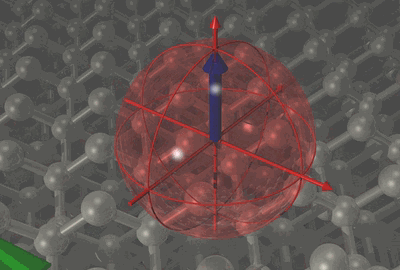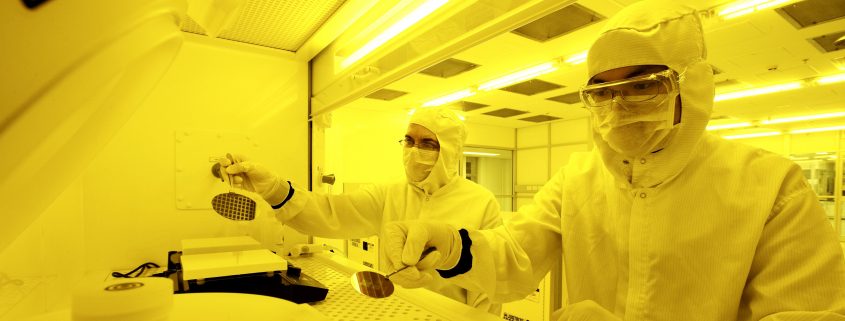First step is building quantum computers, next step is scaling them
It was a great pleasure to get a tour of the University of New South Wales’ Centre for Quantum Computation today from Prof Andrea Morello.
The Centre was last year awarded A$70 million in funding from private and public sectors with the aim of achieving ‘10 qubits in 5 years’.
On the face of it this puts the Centre significantly behind the forefront of the field, with IBM already having tested a 16 qubit computer and Google testing a 20 qubit machine and planning to rapidly scale beyond that.
However the UNSW Centre is taking a significantly different approach to the other major players in the space.

Animation of qubit initialization
One advantage of this approach is in the potential scalability of a multi-qubit computer. Morello’s team is testing integrating qubits at 250nm distance using an electric dipole. Current approaches using superconductors require far larger qubits and massively larger spacing, potentially impeding the scalability of multi-qubit arrays to around 100. A silicon-based quantum computer may be able to scale to 1000 or more qubits.
Another significant difference is in the duration of the qubits. The UNSW team have previously demonstrated their ability to store information in a qubit for up to 30 seconds, many orders of magnitude longer than most other approaches. Concommitantly the response time is higher. However the far longer duration of the qubits, together with the potential to scale further than established quantum computing approaches, could offer the potential to address different types of problems.
Quantum computing is on the verge of coming into its own as a pragmatic tool, with a vast array of potential applications including sophisticated modelling such as weather forecasting, and artificial intelligence applied to tasks including autonomous vehicles and operations.
Multiple approaches are necessary to ensure we tap the full potential of this massive new space, and it is exciting to see the innovative approaches under development in Sydney.
Image: UNSW

